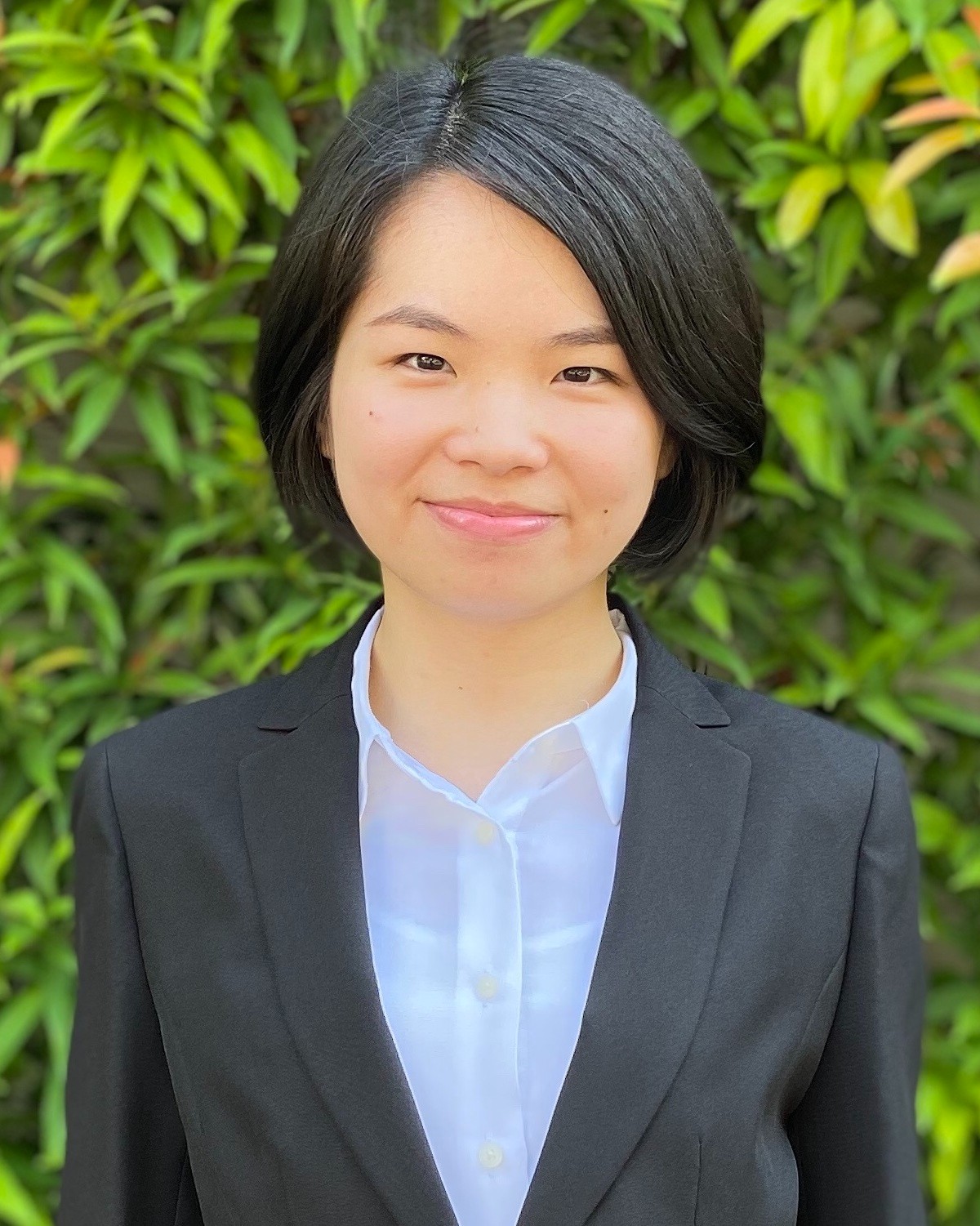高等经济研究院教师论文被国际权威经济学期刊接收发表
2022年05月23日

5月11日,高等经济研究院助理教授张翠玲与新加坡管理大学经济学院Takashi Kunimoto副教授合作的论文“Efficient Bilateral Trade via Two-stage Mechanisms: Comparison Between One-sided and Two-sided Asymmetric Information Environments”被经济学领域权威期刊Journal of Mathematical Economics 接收发表。
该论文首先研究了单边信息不对称(卖方完全掌握拟销售商品的价值,而买方毫不知情)的双边贸易模型,现有文献已证明在该模型下,传统的单阶段机制无法实现高效自愿的双边贸易。本文采用两阶段机制,证明高效自愿的双边贸易可以实现。两阶段机制的运作原理如下:首先,在买卖双方汇报各自的非公开信息后,机制制定者决定是否将商品分配给买方,买方可通过体验商品确定并反馈商品价值,机制制定者从而决定交易额。本文证明,广义的两阶段Groves机制和惩罚说谎者机制均可实现高效自愿的双边贸易。此外,本文还研究了双边信息不对称(买卖双方各自持有与商品价值相关的信息)的双边贸易模型。本文通过一个典例表明,惩罚说谎者机制在此模型下的表现优于广义的两阶段 Groves 机制:广义的两阶段 Groves 机制无法实现高效自愿的双边贸易,惩罚说谎者机制则可在特定情况下实现。本文不但改进了传统文献已有的研究成果,而且获得了一般模型以外的新结论。
Assistant Professor Cuiling ZHANG's Paper Accepted for Publication in Journal of Mathematical Economics
May 23, 2022
Cuiling ZHANG, IAER Assistant Professor, had her paper accepted for publication in Journal of Mathematical Economics on May 11, 2022. Entitled "Efficient Bilateral Trade via Two-stage Mechanisms: Comparison Between One-sided and Two-sided Asymmetric Information Environments", the paper was co-authored with Takashi KUNIMOTO, Associate Professor of Economics at Singapore Management University.
This paper first considers a bilateral-trade model with one-sided asymmetric information in which one agent (seller) initially owns an indivisible object and is fully informed of its value, while the other agent (buyer) intends to obtain the object whose value is unknown to himself. As no mechanisms can generally result in efficient, voluntary bilateral trades (Jehiel and Pauzner, 2006), we aim to overturn this impossibility result by employing two-stage mechanisms (Mezzetti, 2004) in which first, the outcome (e.g., allocation of the goods) is determined, then the agents observe their own outcome-decision payoffs, and finally, transfers are made. We show that the generalized two-stage Groves mechanism and the shoot-the-liar mechanism both induce efficient, voluntary bilateral trades. We next consider a two-sided asymmetric information setup in which both parties have private information. We show by means of a stylized example that the shoot-the-liar mechanism "sometimes" induces an efficient, voluntary trade, while the generalized two-stage Grove mechanism never induces it.
